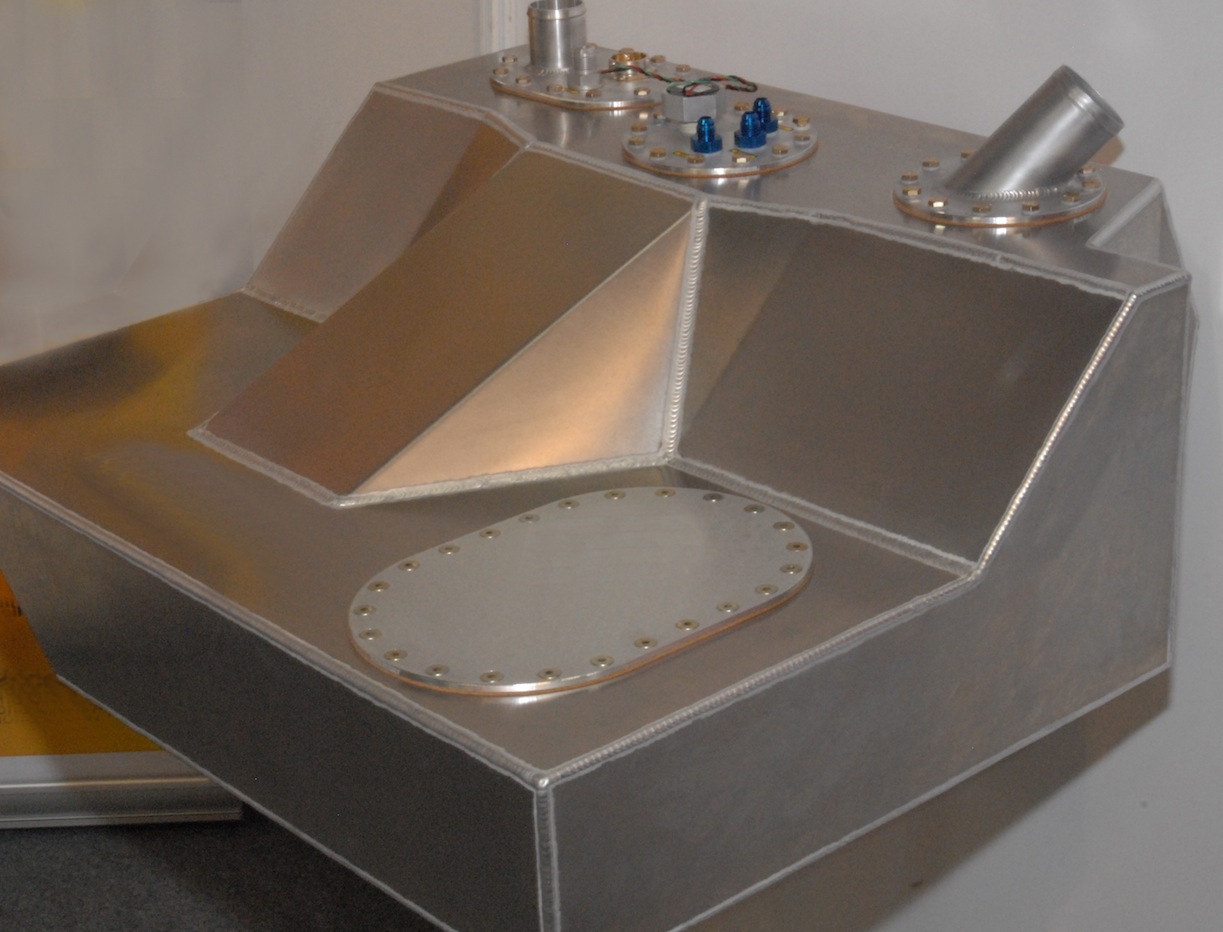The fuel tank and ethanol
The use of ethanol in gasoline fuel has many benefits. Apart from its characteristics as an oxygenate and high-octane blending component, reducing the net amount of carbon dioxide into the atmosphere is clearly one of them. But while farmers have benefited as home-grown corn or biomass is fermented into alcohol, the real effect of adding ethanol to gasoline on the classic racing community has yet to take its full effect. So while the US authorities have already sanctioned the widespread use of up to 10% or even 15% ethanol in pump fuels, and Europe talks about increasing this to up to 20% or even 25%, it can’t be long before racers using unmodified fuel systems may not be able to race on anything other than specialist racing fuels without updating their vehicles.
Let me say here that I consider that the use of specialist racing fuels as being no bad thing. Racing fuels tend to burn so much cleaner, and for those who complain about the increased cost surely this is insignificant compared to all the other costs of competing?
However, for those who because of choice or budget restrictions prefer to use ‘pump’ or service station forecourt fuels, the issue I am about to refer to may make them think again if they continue to use lightweight aluminium fuel tanks.
Although light, aluminium is a highly reactive metal that relies on an oxide layer for protection against its corrosion. This oxide layer occurs naturally, and the low levels of ethanol such as E10 (10% ethanol, 90% gasoline) or the 5% ethanol blend often found in Europe are usually not a problem. The problem occurs principally when the ethanol content in the fuel is increased beyond these levels. The issue, although complex, generally centres on the presence of water in the fuel.
The accepted reason for the corrosion of aluminium in ethanol-blended gasoline fuel is the phase separation theory. According to this, the hydrophilic (water-loving) property of ethanol allows water to be absorbed into the fuel, which helps to divide the single phase ethanol-gasoline mixture into two phases – a water-ethanol mixture and gasoline. Acting as a form of galvanic cell, and helped by the presence of alloying metals in the aluminium, the oxide layer is overcome and erosion/corrosion takes place.
There are many ways of tackling the problem though. Less susceptible forms of aluminium can be used, but this doesn’t really help anyone with an existing aluminium tank, although the tank can be modified by anodising the internals. Anodising or hard anodising creates a more resilient oxide barrier that tends to be thicker than the normal aluminium oxide surface and better protects the metal underneath.
Other barrier systems can be coated on the inside of the tank, substances such as LLDPE (linear low-density polyethylene) or some kinds of epoxy-based resins similar to those used in glass-reinforced fibre applications. Tanks made from GRP (glass fibre-reinforced plastics) have also sometimes been recommended as an alternative for boats using aluminium tanks, but even these may be suspect at the higher levels of ethanol mentioned, so do your research carefully.
Of course, for anyone with the appropriate budget, some form of foam-filled internal bladder would be the best choice, and this would be my favoured approach. The aluminium tank would need to have access apertures bored into it for the bladder to be inserted, but the extra safety against serious impact damage in the event of an on-track incident must surely be worth it. Not compulsory in many forms of racing – perhaps it should be – but the requirement to replace it every five years irrespective of use might put off many budget racers.
The current discussions in the EU are only proposals, and are vigorously opposed by vehicle manufacturers, and although the fuel developers will introduce some form of anti-corrosion additives, the mandatory introduction of higher levels of ethanol could mean yet another raft of modifications to racers of vintage or classic machinery.
 Fig. 1 - Aluminium fuel tank with internal bladder
Fig. 1 - Aluminium fuel tank with internal bladder
Written by John Coxon